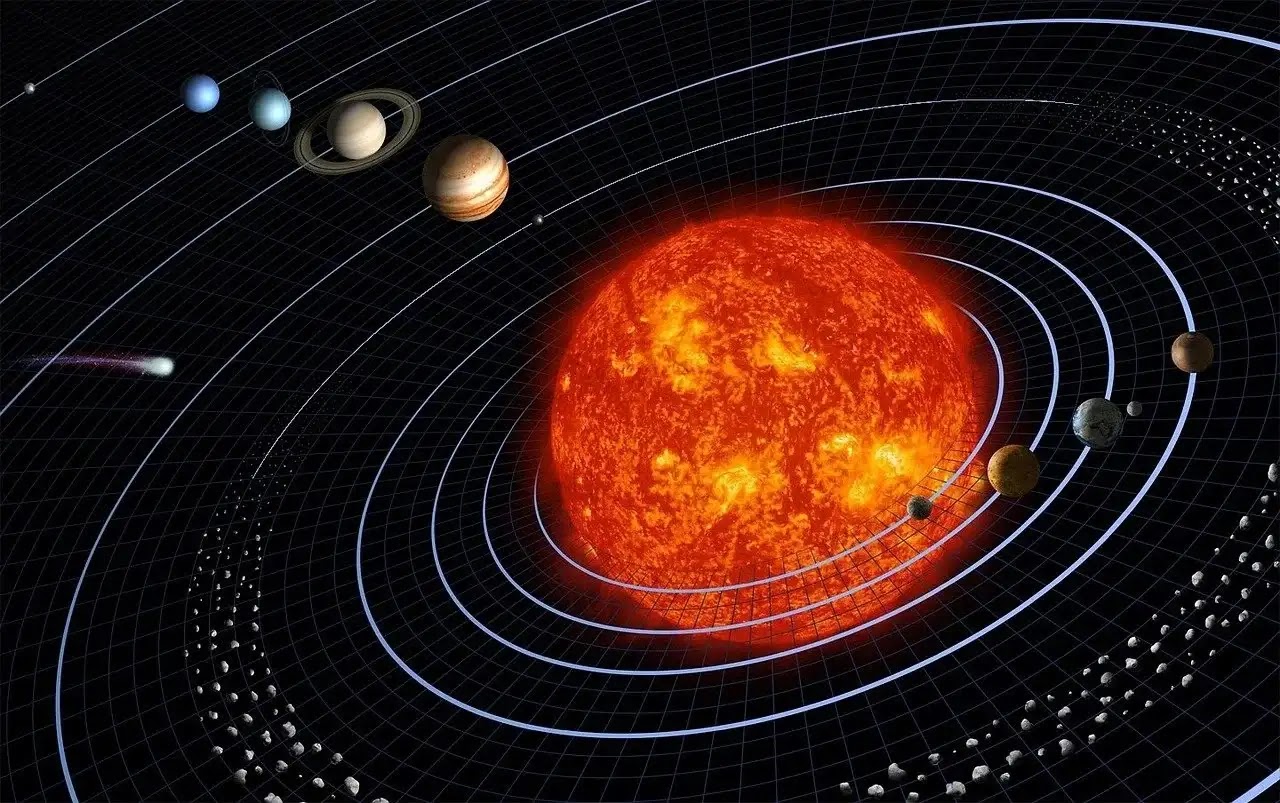
Astronomers Still Find No Signs of Planet Nine After Scanning 87% of the Southern Sky
A team of astronomers who scoured about 87% of the southern sky discovered no evidence of Planet Nine in our solar system.
Pluto, discovered in January 1930, was previously known as Planet Nine. However, in 2006, astronomers reclassified Pluto as a dwarf planet.
Astronomers began looking for Planet Nine in 2016 (ten years after Pluto was demoted from its position as our solar system's ninth planet to become a mere dwarf planet).
Planet Nine has emerged as one of the more intriguing Solar System concepts in recent years. For decades, scientists have speculated about a hidden planet in the Solar System's far reaches, but it reached a new high in 2016 with the publication of a paper by Caltech astronomers Mike Brown and Konstantin Batygin.
Brown and Batygin proposed in their paper that small objects in the outer Solar System's Kuiper Belt were orbiting oddly as if pushed into a pattern by the gravitational influence of something large. They concluded that something could be a previously unknown planet shepherding small rocks.
Before astronomers used telescopes to discover Neptune, it was predicted similarly, based on calculations of Uranus' orbit. On the other hand, Finding Planet Nine is a lot more difficult than finding Neptune.
Many teams have tried and failed to detect that theoretical world half a decade later. The greatest challenge in the search for Planet Nine is the sheer distance involved.
While Pluto orbits the Sun at a distance of 30 to 50 AU, the authors of the 2016 study estimated that if Planet Nine exists, calculations indicate that it could be 5 to 10 times the mass of Earth and could be 400 to 800 AU away (400 to 800 times the distance between Earth and the Sun) — so far away that sunlight may not reach the planet at all.
In a recent paper published on December 23, 2021, in The Astrophysical Journal, researchers combed through six years of telescope data to identify potential signs of Planet Nine in the southern sky.
The observations were taken with the Atacama Cosmology Telescope (ACT) in Chile between 2013 and 2019.
Even though ACT was not designed to study cosmic microwave background radiation, its relatively high angular resolution, and sensitivity make it suitable for this type of search and cover about 87 percent of the sky visible from the Southern Hemisphere.
The team discovered over 3,000 candidate light sources between 400 and 800 astronomical units (AU) away; none of them could be confirmed as planets.
However, the futile search does not rule out the existence of the hypothetical planet — it merely narrows down where that planet might be lurking and what its properties might be, according to the researchers. The study covers only about 10% to 20% of the planet's possible locations in the sky.
So, Planet Nine is a long way away, small, and cold. As a result, it is unlikely to reflect much sunlight or emit thermal radiation, and it would take between 10,000 and 20,000 years to complete one orbit around the Sun.
Furthermore, researchers also added we have no idea where it is in the vast sky. So the team is still out on whether it is real or not, and the subject is a hotly debated one.

0 Response to "Astronomers Still Find No Signs of Planet Nine After Scanning 87% of the Southern Sky"
Post a Comment